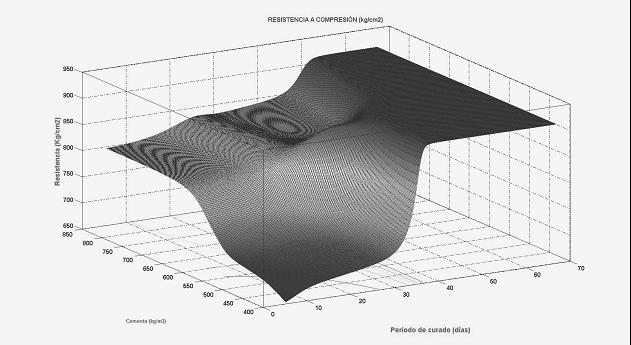El uso de las Redes Neuronales Artificiales en la modelización de la evolución temporal de la resistencia del concreto de altas prestaciones
DOI:
https://doi.org/10.33017/RevECIPeru2014.0001/Keywords:
High performance concrete, compression resistance, artificial neural networksAbstract
The high performance concrete is a relatively recent material and its use dates of final of the 60’s. However, countless advantages make it to be used more and more in the construction. Its manufacturing comes from the standard concrete to which a series of additives as microsílica or cementitious are added. These additives confer the concrete some better benefits regarding the standard concrete as an increase of the near resistance up to 100%.
The mechanical properties of this concrete newly are being studied in detail and at the moment there are not many studies about the influence of the additives in the resistance, formulation optimizations or the evolution of the resistance to compression with the time of curing. Over all the mechanical properties of the concrete, the resistance to compression after 28 days of curing is the most used one in control of quality.
In this study the influence of curing time and cement quantity in the compression resistance are studied by means an artificial neural network.
Artificial neural networks can be regarded as a complex group of interconnected non-linear functions (transfer functions or neurons) capable of self-adjusting using known input and output data. It could be said that these networks are multiple regression models in which the algorithm allowing a solution to be reached is unknown, or where the enormous complexity of the algorithm makes it impossible to use. These networks are based on biological neural networks. They are capable of learning by using a series of examples, without the need to know beforehand the relations which may exist between the variables involved in the process, by adjusting the weight of the relations between the variables in order to then predict a coherent result when new data unknown to the network is entered.
These structures have been widely used to obtain the mechanical properties of different materials as cement where have been used to predict the compression resistance after the curing process by means of the initial data; some metals or the basalt. They have been used too in wood-based panels to predict their internal bond strength by means of parameters of production or their mechanical properties of modulus of rupture, modulus of elasticity or internal bond strength by means of physical tests in order to predict possible shortcomings in the production without having to wait to carry out those mechanical tests.
The net obtained in this study presents a coefficient of correlation of 0.90 that makes it especially capable for the present modelling. The modeling of resistance has been carried out with curing periods between 7 and 56 days. Later studies with superior curing periods will allow to ratify the initial results of this study.


